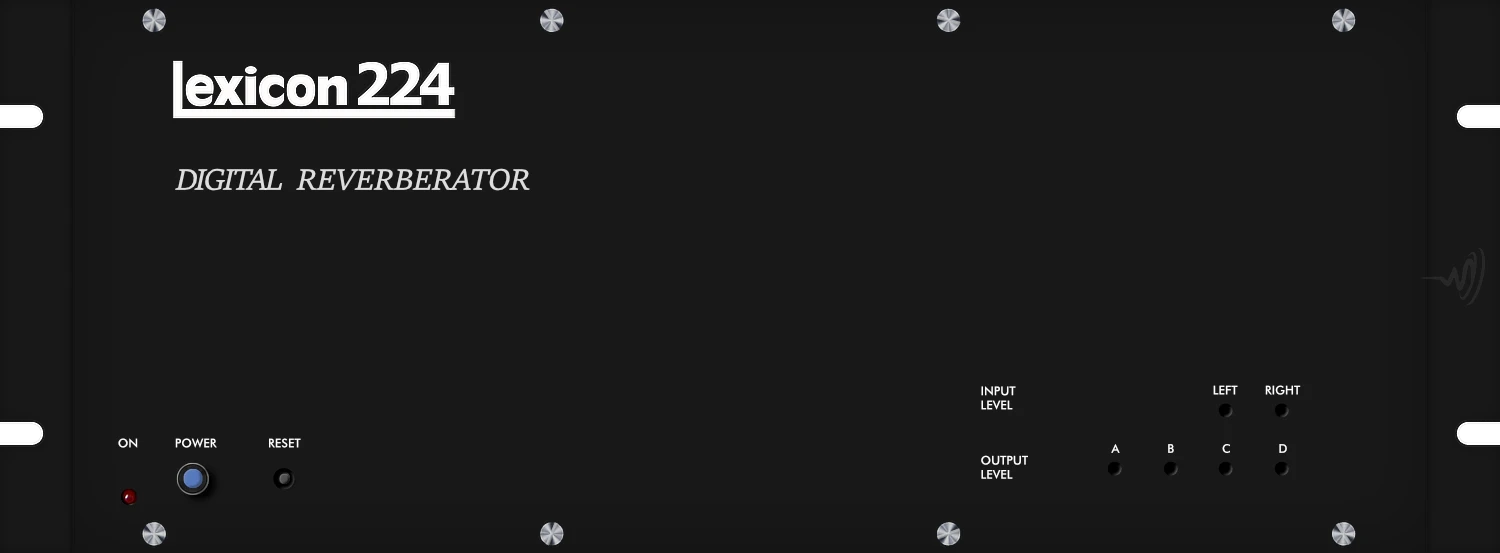Take On Me by A-ha is a quintessential 1980s pop song, renowned for its catchy synth-driven melody and groundbreaking music video. Released in 1984, the song initially struggled to make an impact but was re-released in 1985 with a new, innovative video, which then catapulted it to immense popularity.
The song features the distinctive high-pitched falsetto of lead singer Morten Harket, whose vocal range became a defining characteristic of the track. The keyboard riff, composed by Magne Furuholmen, is instantly recognisable and is one of the most iconic synth lines of the 1980s. Meanwhile, Paul Waaktaar-Savoy’s guitar work and programming added depth and complexity to the arrangement, blending seamlessly with the synthesisers.
What truly set Take On Me apart was its music video, directed by Steve Barron. The video utilised a combination of live-action and pencil-sketch animation (rotoscoping) to create a romantic narrative that unfolds within a comic book, blurring the lines between fantasy and reality. The video was not only a technical marvel at the time but also became a cultural phenomenon, heavily influencing how music was presented visually in the MTV era.
Take On Me reached number one on the Billboard Hot 100 in the United States and was a top ten hit in multiple countries, solidifying its place in pop culture. The track has been covered and referenced numerous times in various media, further attesting to its enduring appeal. It remains a nostalgic emblem of the 1980s, celebrated for its innovative use of technology in music and music video production.
In the production of Take On Me, two Lexicon reverbs are referenced – the Lexicon 224 and the Lexicon 224X. It’s uncertain whether both models were actually used or if the ‘X’ was mistakenly omitted when referring to the 224. Regardless, a Lexicon reverb unit was employed for the vocals, while the AMS RMX 16 was utilised for additional reverb effects.






